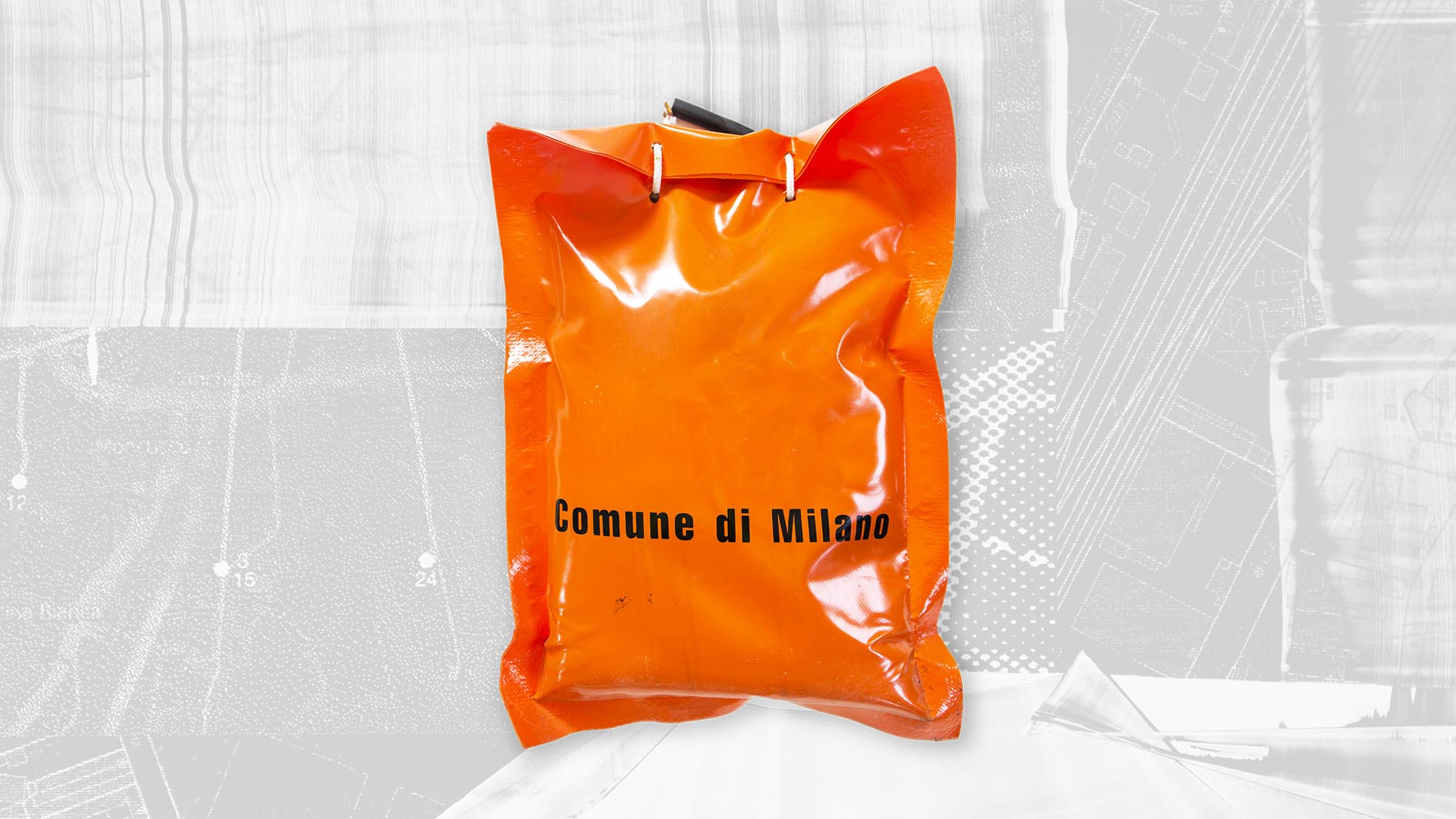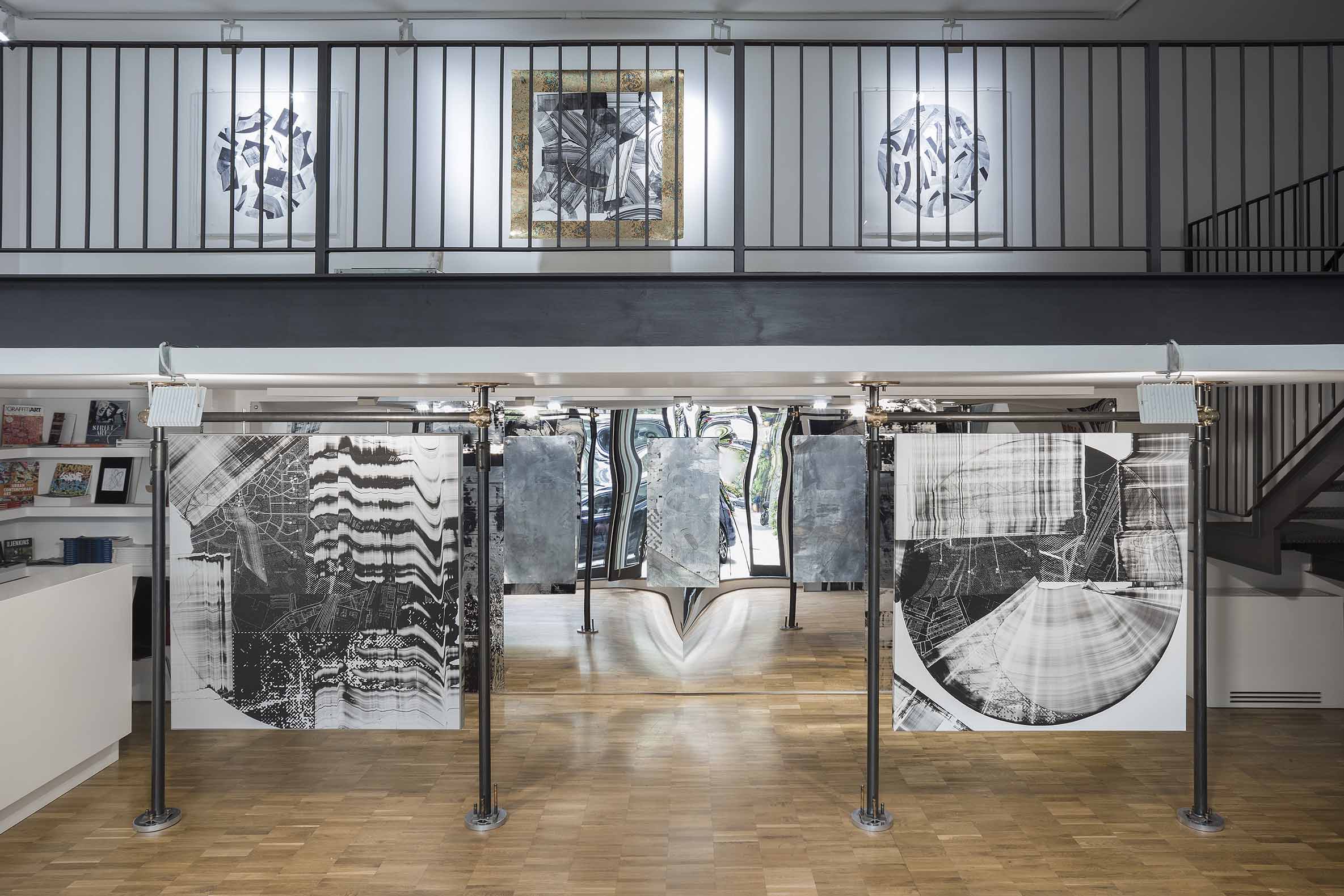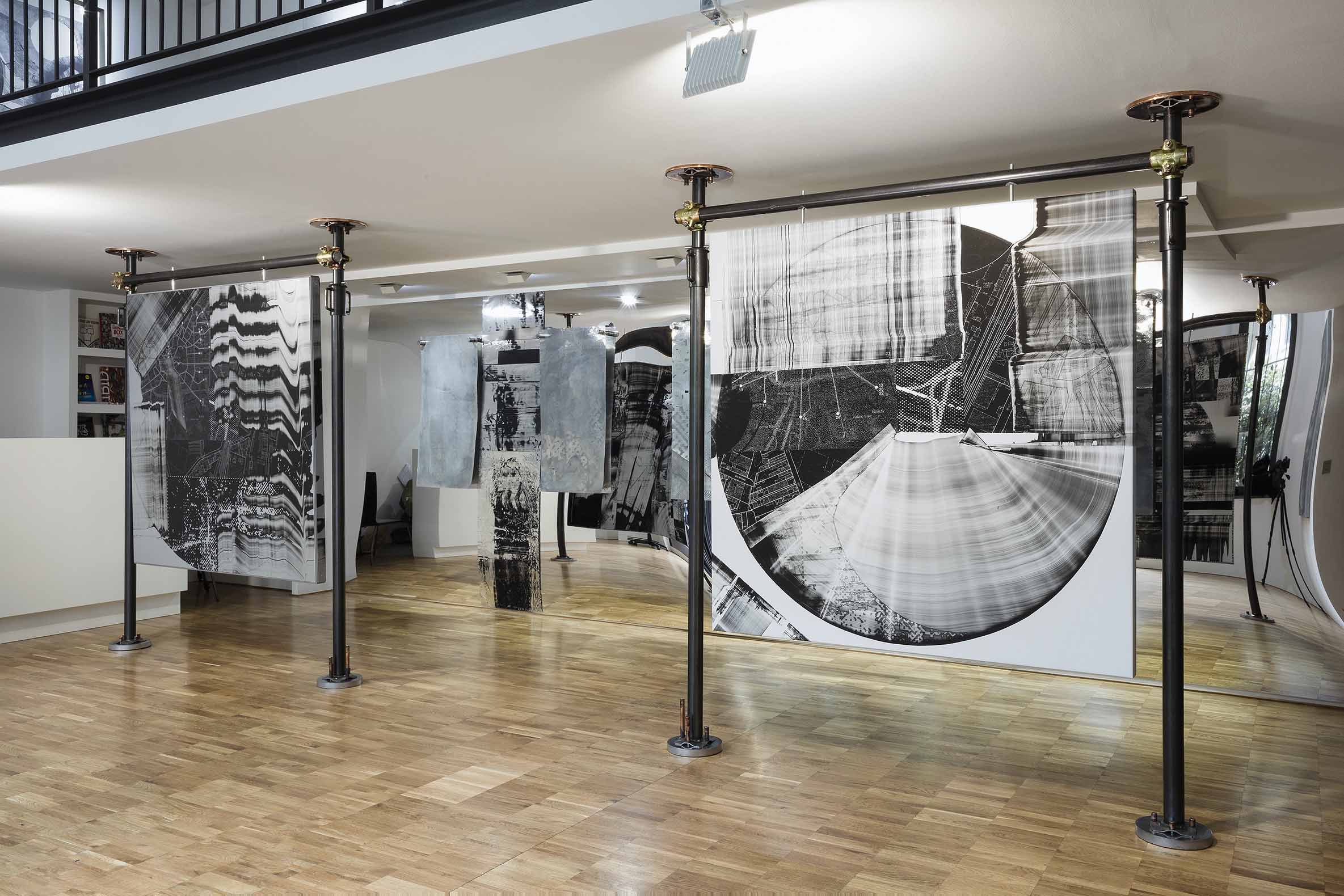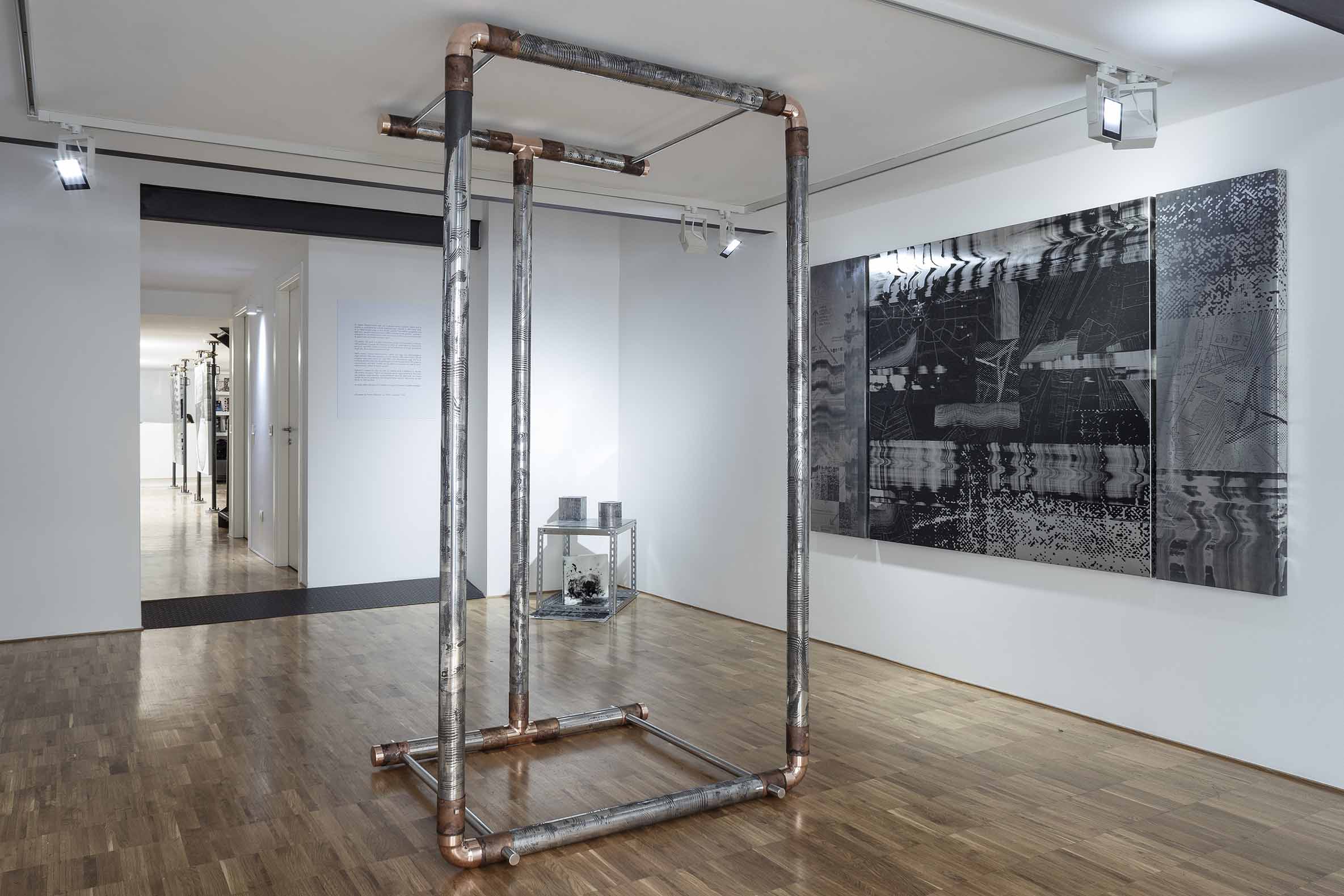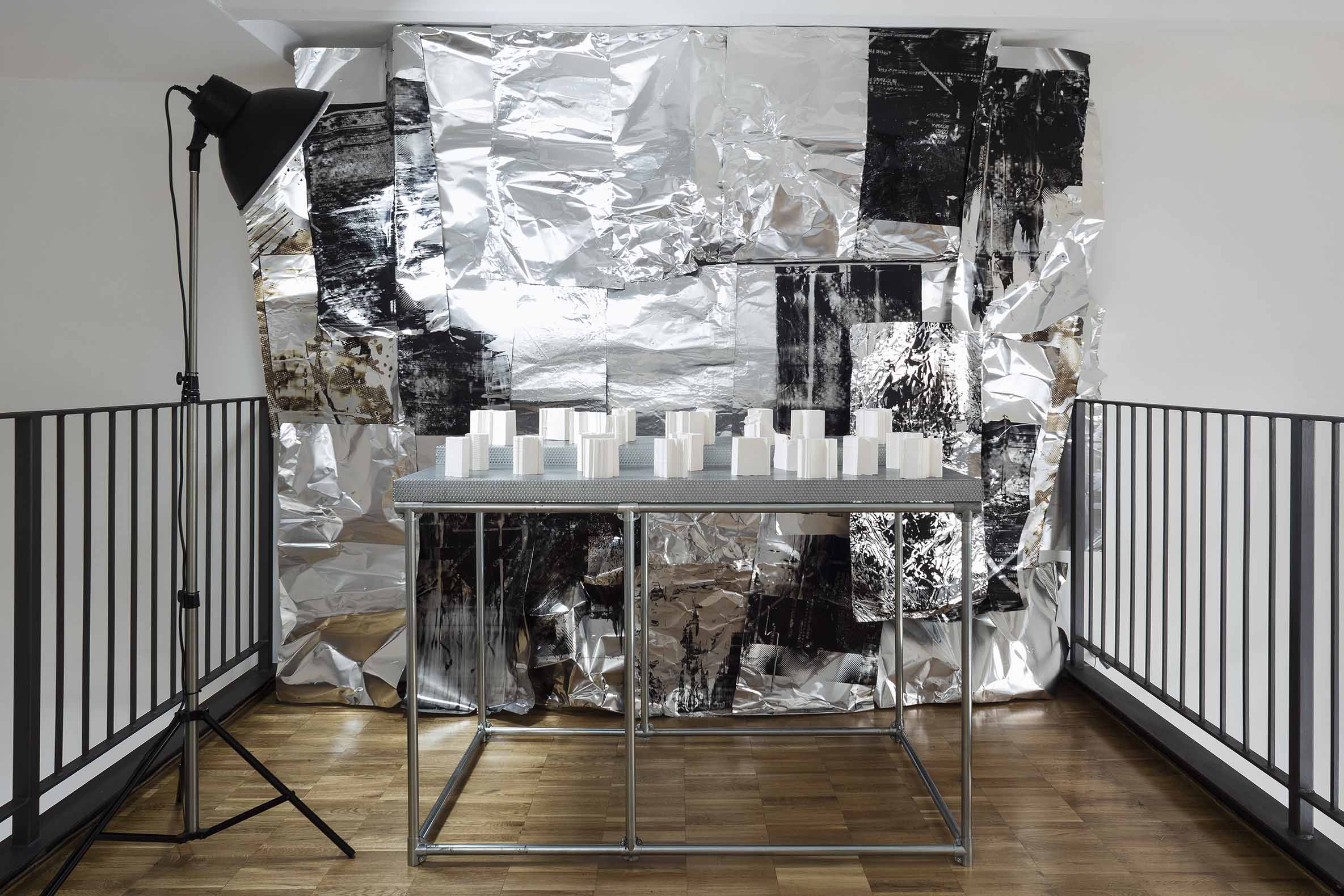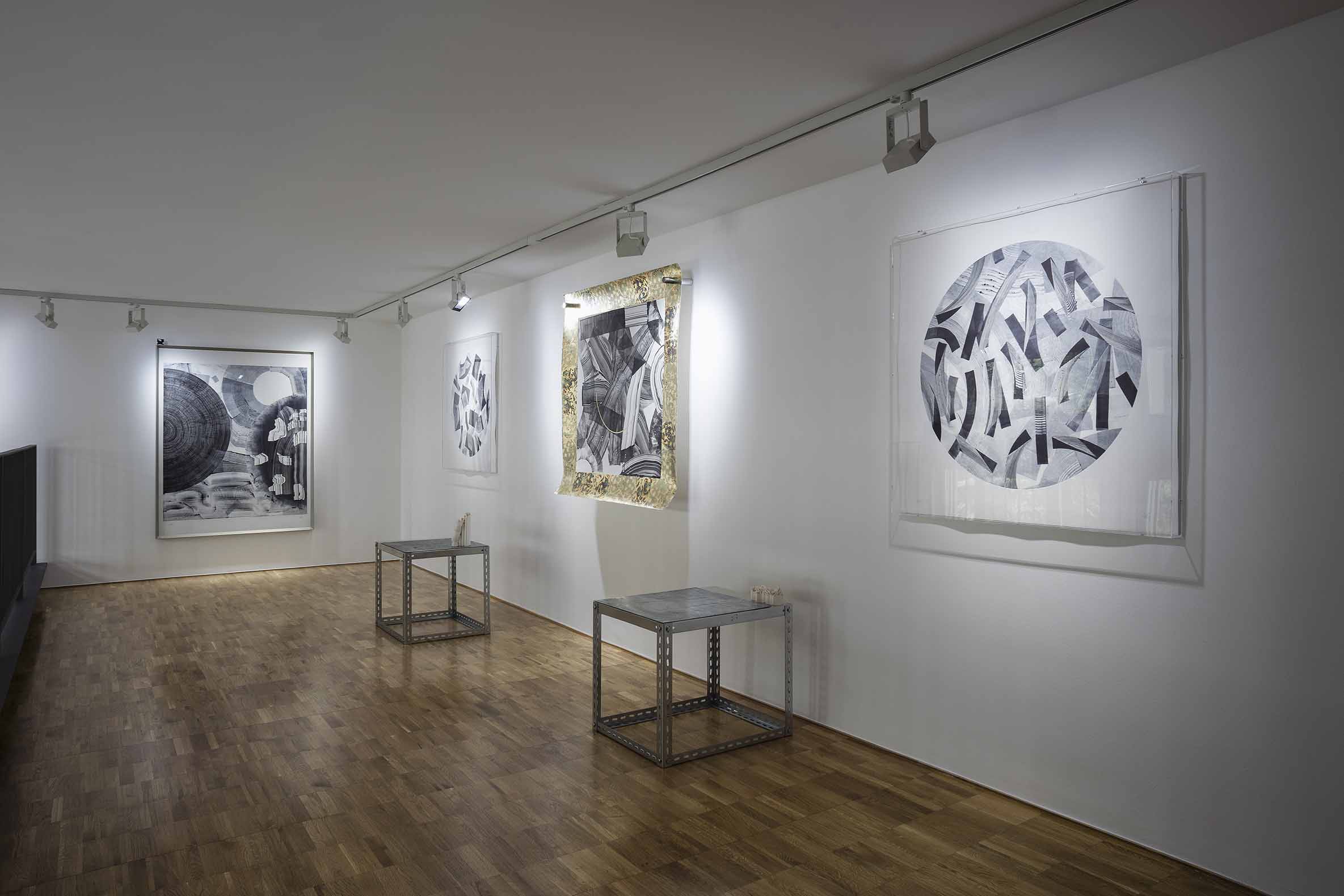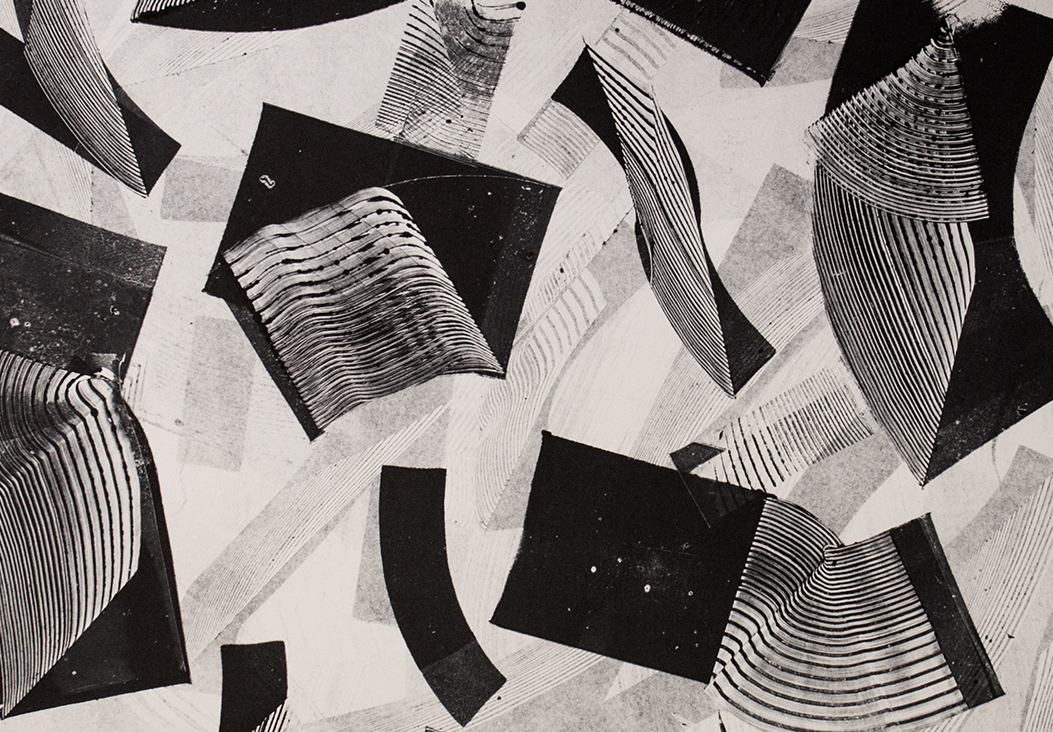2501 – Milano
Curated by Giuseppe Pizzuto
2501 , (Jacopo Ceccarelli, Milan, 1981) is among the most important Italian artists of the current Urban Art scene. His exhibitions, both personal and collective, were hosted by important museums such as MACRO in Rome, La Triennale di Milano, Museo Pecci in Prato, La Reggia di Caserta and the Foundation Edward De Valle in Santo Domingo. In 2017 he won a residency at the Gallery Libertad Queretaro in Mexico and exhibits at Miami Art Basel with an installation of the project LA MACCHINA. In 2015 he participated to “Urban Art Renaissance”, a group exhibition presented at the Fabbrica del Vapore in Milan and in 2013 he exhibited at the 55th edition of the Venice Biennale with an official satellite event: Back 2 Back.
Jacopo Ceccarelli has matured his style by coming in contact with the South American school of Street Art. After this experience he changed his name to 2501 to indicate, with his date of birth, his artistic renaissance. His eclectic production is characterized by a recognizable style, formed by black and white sinuous lines, sometimes accompanied by golden or silver circles. However, for the artist, style is only an instrument, what really matters is the concept and the gestures.
After the solo exhibition Nomadic experiment, on the brink of disaster, inaugurated in 2015 at the Rome gallery, Wunderkammern presented a new solo show by 2501: Milano. The link of 2501 with his city is strengthened thanks to the close connection that urban artists create with public space. In this exhibition the link is reversed: the architecture of the city is estranged from the role of medium that it usually covers, and it becomes part of the work itself. The map of Milan is everywhere, sometimes recognizable and sometimes hidden by the monochromatic lines typical of the style of 2501. Its “scratches”, traced on the serigraphs on paper or aluminum, make the work unique and unrepeatable.
2501 presented, specifically for the exhibition at Wunderkammern, aluminum works of medium and large format that, silk-screened on both sides, allow a double consumption; large format works on paper; ceramics, which together form the city map and a sculpture composed of rough urban pipes. This great variety of production seems to create an analogy with the neighborhoods of the city from which the exhibition takes the name.
CULTURAL PARTNERS
IED – Istituto Europeo di Design

